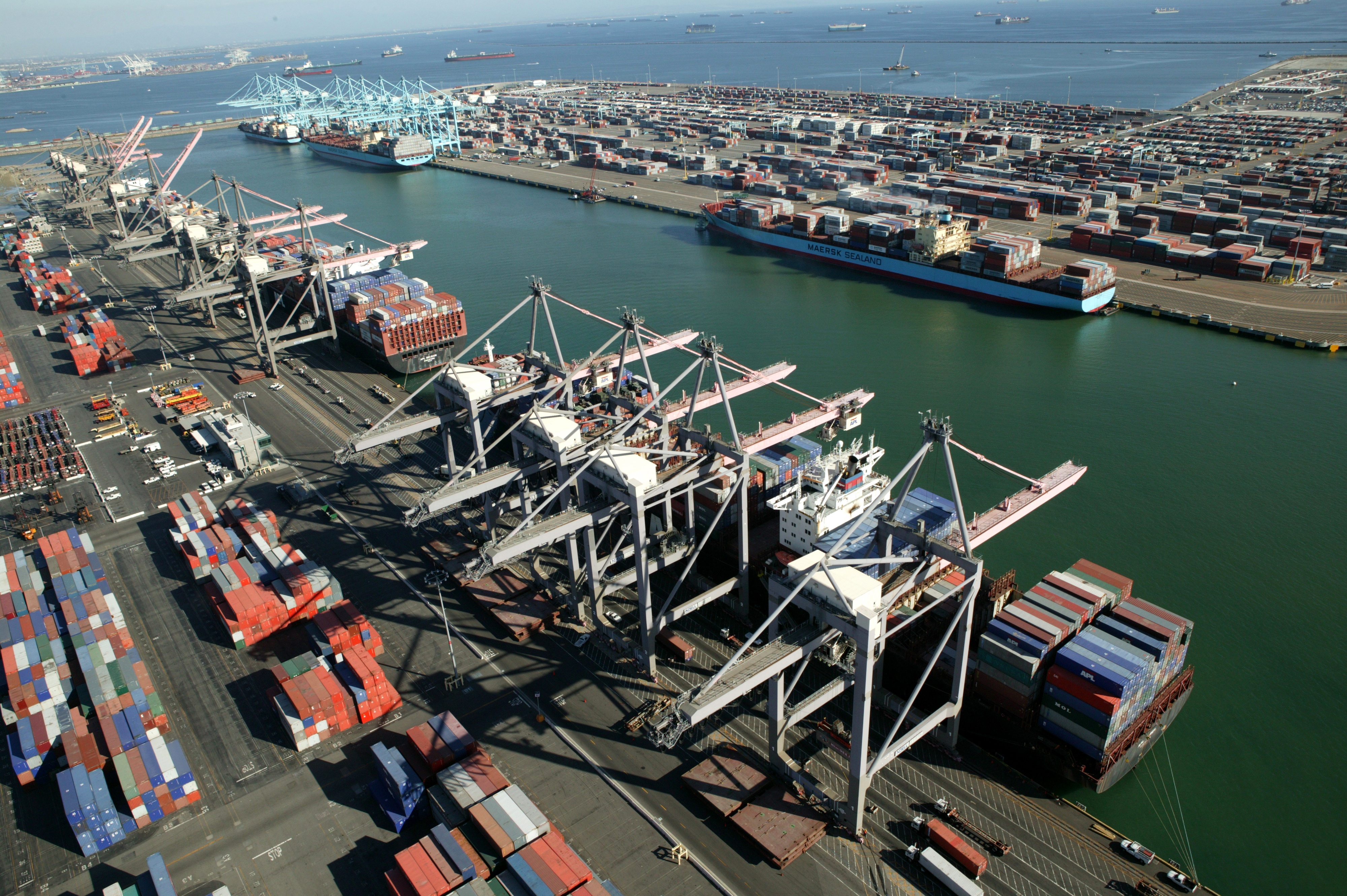According to a report by the Tico Times, a widened Panama Canal will be open for business in 2016 after a $400 million cash injection to help complete the long-delayed project.
The Panama Canal expansion project was initially planned to have been completed in 2014, in time for the canal’s 100th anniversary. Now, Canal authorities say construction will be finished in 2015, and the widened canal will open in early 2016. The widening will allow the Canal handle so-called “Post-Panamax” ships with a capacity of up to 15,000 containers, instead of the current maximum of 5,000.
Some have speculated that Canal expansion will lead to decreased volumes at Southern California ports. We don't necessarily agree. To read more, download our paper: "Panama Canal Expansion: Impact on West Coast Imports."
Southern California ports will continue to thrive in the Post-Panamax era for three main reasons:
Increased time to market for Asia to East Coast shipments will require more inventory and drive up costs.
It would take up to two weeks longer to ship goods from Asia direct to the East Coast. These added cycle time costs could increase inventory carrying costs by as much as 30 percent. Time is money, and West Coast ports offer the fastest "origin to retail shelf" timeframes.
Gulf Coast and East Coast ports are playing catch up.
The ports of Long Beach and LA have a highly developed supporting infrastructure. Eastern ports like Savannah, Tampa, Norfolk, Baltimore and New York are just developing an ability to receive larger cargo vessels, and they do not yet have the complex supporting infrastructure to move goods efficiently from the port to the retail shelf quickly and efficiently. These infrastructure changes involve dredging harbors to accommodate the deeper vessels, building larger bridges to accommodate the taller heights of the “super vessels,” building roads to accommodate increased heavy vehicle traffic flows, adding rail lines, and building warehouse facilities. Such projects are also very expensive and the costs, no doubt, will translate into additional fees and taxes to the ship lines and, ultimately, higher costs for U.S. importers and exporters.
Shifting cargo to new ports involves risk.
A change in supply chain strategy that includes transporting goods to Gulf Coast and East Coast ports and away from Southern California has implications for many aspects of logistics management. Warehouse distribution networks must be reexamined and reconstituted, freight lanes must be determined, new carrier partners must be vetted and chosen, and new rail partnerships must be established. All this involves effort and risk. So companies will think long and hard about changing a successful supply chain process to one that leverages ports and surrounding service infrastructures that are scrambling to expand and add new capabilities.
The Panama Canal expansion project will certainly divert some ocean shipping traffic away from Southern California. But the benefits of LA and Long Beach ports in terms of faster transit times from Asia and strong physical and service provider infrrastructure will ensure these ports continue to enjoy the dominant share of cargo traffic from Asia.



 Capital Management
Capital Management